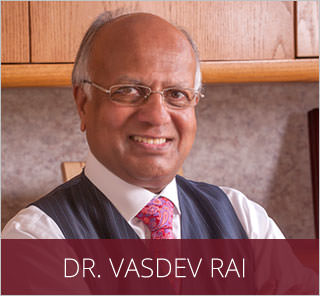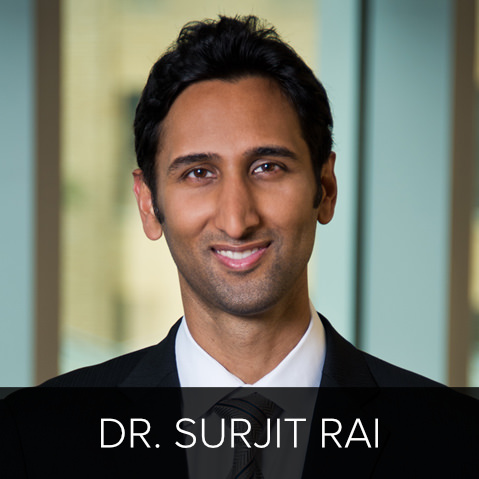A Glance at Breast Augmentation History: Part 1
The desire for larger breasts may appear currently to be a product of Hollywood mania, but the first attempts at breast augmentation were in the 1890s in Austria. Paraffin injections were performed and continued until about 1920. But infections became too frequent, along with the formation of hard lumps.
Fat Transplants
So in the 1920s and 1930s, fat transplants were tried instead. Fat was taken from the buttocks or abdomen and placed in the breasts, which at first seemed promising. But too often the body simply absorbed the fat and left asymmetrical lumps and calcifications. When these were removed an unsightly scar remained.
Liquid Silicone Injections
During World War II, Japanese prostitutes began having injections of liquid silicone to compete with each other for American servicemen. Since this was usually done with industrial-grade silicone instead of medical grade, and by people without any medical training, risks were high. Even so, it went on to become favored by California topless dancers in the early 1960s, with complications such as chronic inflammation, hard lumps and infections. In some cases this non-medical silicone migrated and caused organ damage in the body.
Plastic Sponges
In the 1950s, because of the clear riskiness of liquid silicone, doctors experimented with implants of sponges made of polyvinyl, nylon, polyurethane and Teflon. At first this approach had some success, but again, the implants hardened and also shrank. Removing them was difficult as the breast tissue grew into the sponge pores. Again, infection and inflammation were common and after a study linked polyvinyl to cancer in rats, this approach was abandoned.
Instead, experiments were done with glass, ivory balls, wool, ox cartilage, and gutta percha. Gutta percha is a latex made from the sap of a tropical tree of that name and is also used in dentistry to fill the root canals of severely decayed teeth.
Please watch this space for Part 2 of A Glance at Breast Augmentation History later this week. Meanwhile, if you would like to schedule a personal consultation with Dr. Rai, please contact our cosmetic surgery office today.
Dr. Vasdev Rai
 Dr. Vasdev Rai has performed more than 25,000 cosmetic surgeries over his more than 30 years in practice as a Dallas plastic surgeon. He is a board-certified plastic surgeon who was first certified by the American Board of Plastic Surgery in 1983. Learn More...
Dr. Vasdev Rai has performed more than 25,000 cosmetic surgeries over his more than 30 years in practice as a Dallas plastic surgeon. He is a board-certified plastic surgeon who was first certified by the American Board of Plastic Surgery in 1983. Learn More...
Dr. Surjit Rai
 Dr. Surjit Rai was born and raised in Plano, Texas. Being the son of a plastic surgeon, Dr. Rai had the unique opportunity to see first-hand the impact a plastic surgeon can have. He knew at a young age that he would dedicate his life and academic career towards the goal of becoming a plastic surgeon. Learn More...
Dr. Surjit Rai was born and raised in Plano, Texas. Being the son of a plastic surgeon, Dr. Rai had the unique opportunity to see first-hand the impact a plastic surgeon can have. He knew at a young age that he would dedicate his life and academic career towards the goal of becoming a plastic surgeon. Learn More...
